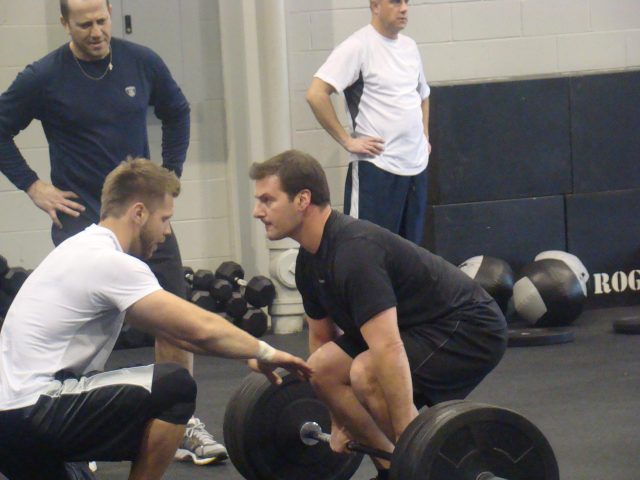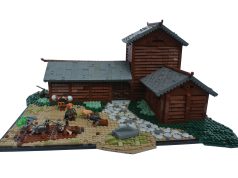Deadlifts are often hailed as the king of all exercises, offering a multitude of benefits from building strength and muscle mass to improving posture and core stability. However, as rewarding as they are, deadlifts can also be intimidating, especially for beginners who may worry about form and safety. In this guide, we’ll walk you through the essential steps to perform deadlifts safely and effectively, ensuring that you can reap the maximum benefits without risking injury. Whether you’re just starting your fitness journey or looking to refine your technique, our empathetic approach will help you feel confident and empowered every step of the way. Let’s embark on this journey to harness the full potential of deadlifts while prioritizing your safety and well-being.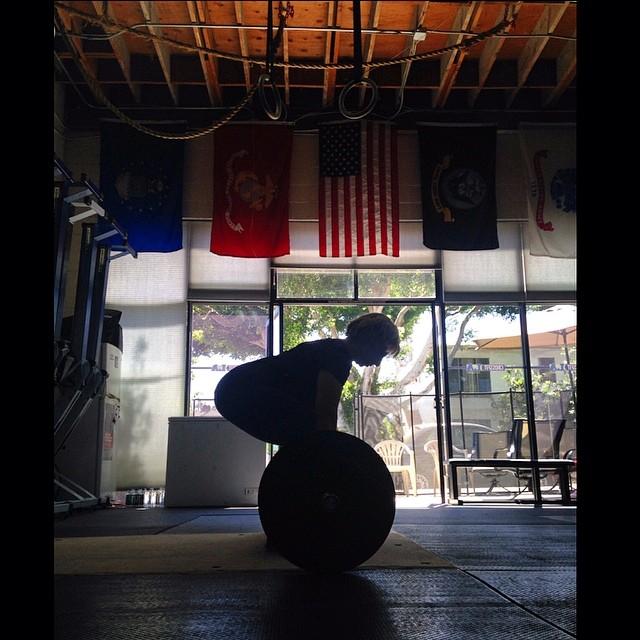
Understanding the Fundamentals of Deadlifting
Deadlifting is a compound exercise that targets multiple muscle groups, including the hamstrings, glutes, lower back, and core. To ensure you’re getting the most out of your deadlifting routine while minimizing the risk of injury, it’s essential to master the fundamental techniques. Below are some key points to keep in mind:
- Form: Maintain a neutral spine throughout the lift. Avoid rounding your back to prevent strain.
- Grip: Use an overhand grip to start, and consider switching to a mixed grip as the weight increases.
- Foot Position: Stand with feet shoulder-width apart and toes slightly pointed out for optimal balance and power.
Understanding how different grips and stances affect your lift can significantly improve your performance. Here’s a quick overview:
| Grip Type | Advantages | Considerations |
|---|---|---|
| Overhand | Even distribution, easy to master | Grip strength limits weight |
| Mixed | Increased grip strength | Potential for muscle imbalances |
| Hook | Secure grip, used in competitions | Requires practice, can be painful |
remember that consistency and gradual progression are key. Start with lighter weights to perfect your technique, and increase the load as your strength improves. By focusing on form and understanding your body’s mechanics, you’ll be able to lift safely and effectively.
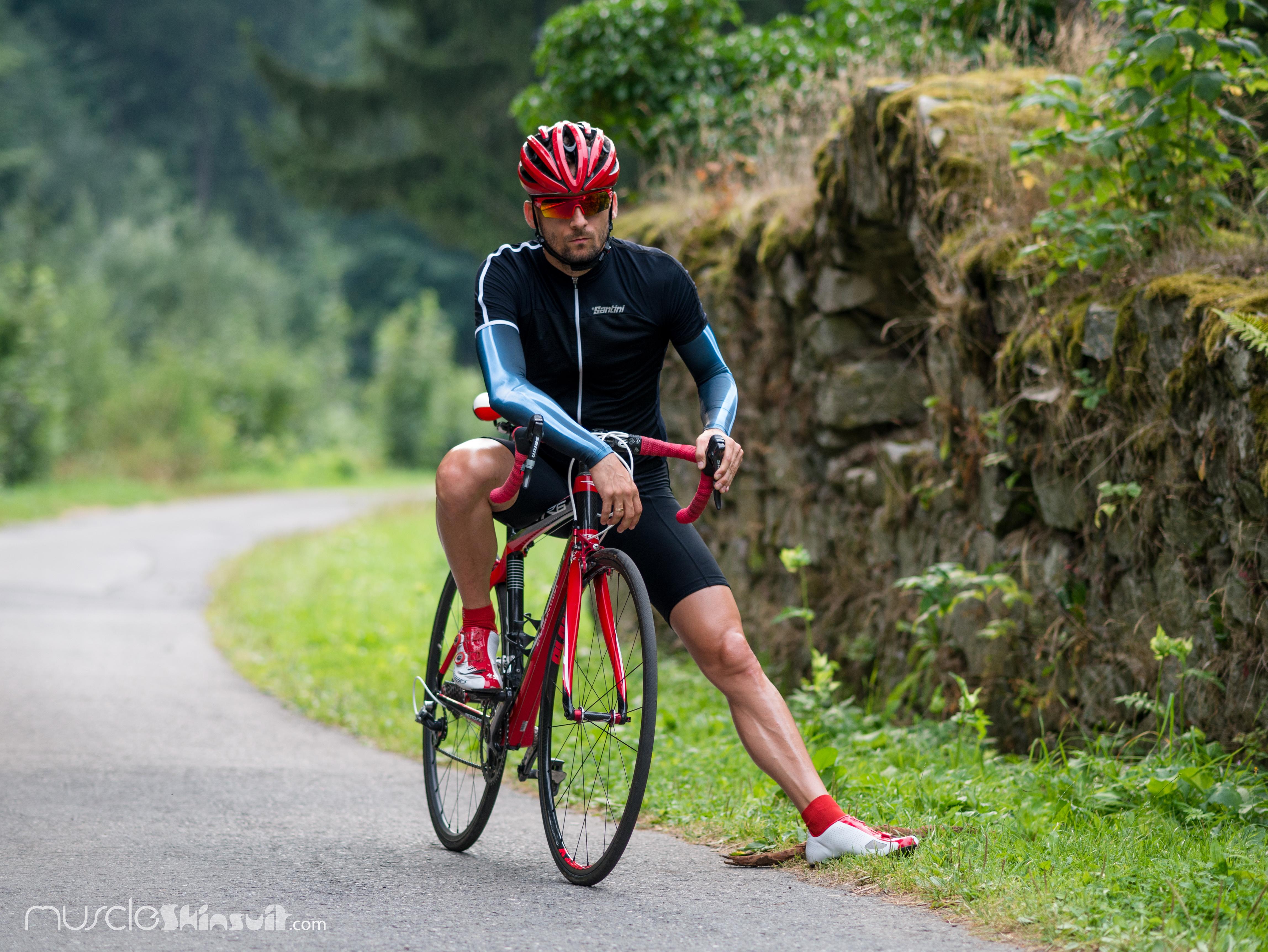
Choosing the Right Equipment and Setup for Your Deadlift
When it comes to deadlifting, having the right gear and setup is crucial for both performance and safety. Start by selecting a barbell that suits your level of experience. If you’re just starting, a standard barbell will suffice, but as you advance, consider investing in an Olympic bar for its enhanced durability and grip. Don’t overlook the importance of weight plates; they should be easy to load and unload, allowing for seamless adjustments to your lifting routine.
Footwear is another key component. Opt for flat-soled shoes that provide stability and minimize any additional elevation, which can disrupt your form. Avoid running shoes with cushioned soles as they may lead to instability. Many lifters also choose to go barefoot for a more grounded feel.
| Equipment | Recommendation |
|---|---|
| Barbell | Standard or Olympic |
| Weight Plates | Easy to load |
| Footwear | Flat-soled or barefoot |
Before you begin, set up your lifting area with enough space to safely execute the movement without obstruction. Mirrors can be beneficial for monitoring your form, but be cautious not to become overly reliant on them, as they can sometimes distract from the lift itself. Consider adding lifting straps or a weight belt to your gear list if you’re lifting heavy and need additional support. Remember, choosing the right equipment isn’t just about enhancing performance; it’s about ensuring every lift is a step towards strength and safety.
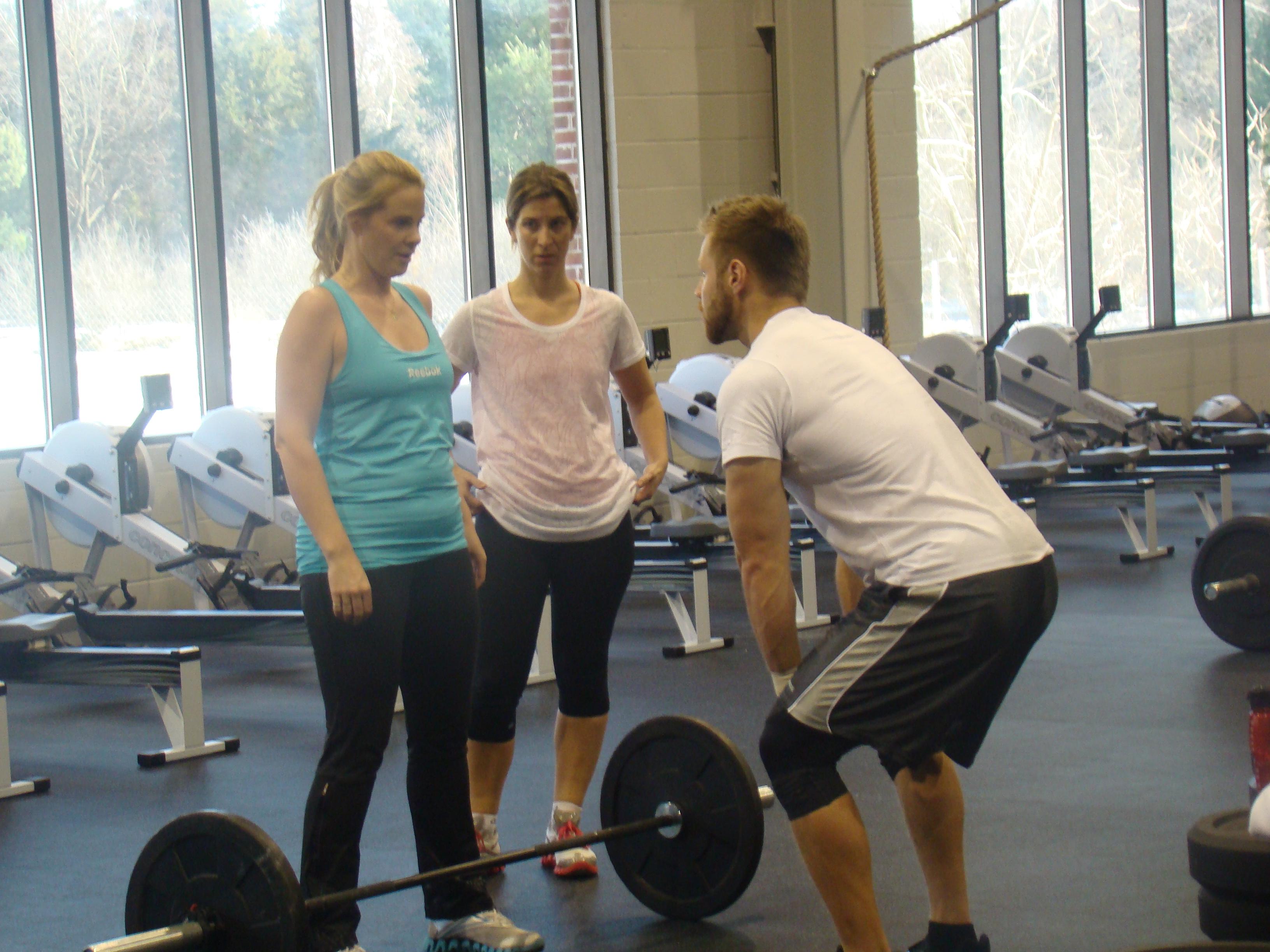
Mastering Proper Form to Prevent Injuries
When it comes to deadlifts, maintaining proper form is crucial not only for maximizing effectiveness but also for safeguarding against injuries. A solid foundation begins with understanding the essential components of the movement. Start with your feet hip-width apart, ensuring they are planted firmly on the ground. Your grip should be just outside your knees, with your hands fully wrapping around the bar. Keep your shoulders back and chest lifted to maintain a neutral spine, which helps in avoiding undue strain on your lower back.
- Engage your core: This stabilizes your spine and prevents rounding.
- Lift with your legs: Push through your heels and focus on using your glutes and hamstrings.
- Avoid jerking: Keep the movement smooth and controlled to prevent injuries.
To help you remember these key points, here’s a quick reference table:
| Key Aspect | Action |
|---|---|
| Feet Position | Hip-width apart |
| Grip | Just outside knees |
| Core Engagement | Activate and stabilize |
| Movement | Controlled and smooth |
Remember, consistency in practicing proper form is the key to mastering deadlifts safely. By paying attention to your body’s signals and refining your technique, you’ll not only enhance your performance but also significantly reduce the risk of injury.

Progressing Safely with Deadlift Variations and Weight Increases
Deadlifting is a fundamental strength-building exercise, but it’s crucial to approach it with caution and mindfulness, especially when experimenting with different variations and increasing weights. Here are some guidelines to ensure you progress safely:
- Start with Proper Form: Before adding weight, ensure your form is impeccable. Keep your back straight, engage your core, and push through your heels. Mastering the basics reduces injury risk.
- Understand Your Variations: Each deadlift variation targets different muscles. For instance, sumo deadlifts emphasize the inner thighs, while Romanian deadlifts focus on the hamstrings. Choose variations that align with your goals and experience level.
- Gradual Weight Increase: Increase weights in small increments to allow your body to adapt. A common strategy is the “2.5-5% Rule,” where you only increase the load by 2.5% to 5% once you can comfortably complete all reps with proper form.
| Variation | Primary Muscles Worked | Recommended Starting Weight Increase |
|---|---|---|
| Conventional Deadlift | Glutes, Hamstrings | 5 lbs |
| Sumo Deadlift | Inner Thighs, Glutes | 5 lbs |
| Romanian Deadlift | Hamstrings, Lower Back | 2.5 lbs |
Listening to your body is key. If you feel any discomfort or pain, especially in the lower back, reassess your form and possibly reduce the weight. Remember, strength is built progressively, and patience is your ally on this journey.































